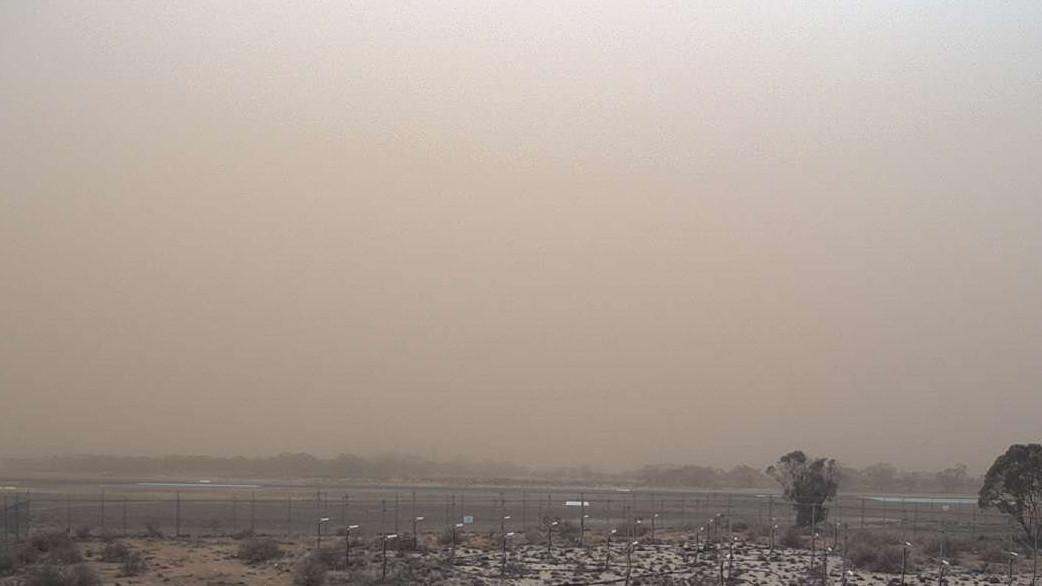Sydney Shrouded in Dust: Urgent Health Warnings as Air Quality Plummets

Sydney is battling a significant dust storm, blanketing the city and surrounding areas in a thick layer of dust and prompting urgent health warnings from authorities. A massive cloud of dust, originating from drought-stricken regions in New South Wales, has dramatically reduced air quality across Greater Sydney, leaving residents struggling with visibility and respiratory concerns.
Health Alert: Stay Indoors and Monitor Symptoms
NSW Health is urging all Sydney residents to take precautions and minimise outdoor activity. The key advice being issued is to 'stay indoors' where possible, close windows and doors, and 'actively monitor for symptoms' such as coughing, shortness of breath, irritated eyes, and skin irritation. Those with pre-existing respiratory conditions like asthma and COPD are particularly vulnerable and are advised to follow their management plans and seek medical advice if necessary.
Air Quality Reaches Hazardous Levels
Real-time air quality data shows readings have reached hazardous levels in many parts of Sydney. The dust particles are small enough to penetrate deep into the lungs, posing a serious health risk. The Bureau of Meteorology is tracking the dust cloud and providing updates on its movement, but conditions are expected to remain poor throughout the day.
Impact Beyond Sydney: Widespread NSW Affected
While Sydney is bearing the brunt of the storm, significant dust haze is also impacting other parts of New South Wales, particularly in rural and regional areas. Farmers and those living in drought-affected regions are already struggling with the effects of prolonged dry conditions, and the dust storm adds another layer of challenge.
Why is this happening?
The current dust storm is a direct result of prolonged drought and dry winds across inland NSW. With little vegetation cover to hold the soil in place, strong winds have whipped up vast quantities of dust, which has then been carried towards the coast by prevailing winds. Climate change is likely exacerbating these conditions, leading to more frequent and intense dust events.
What can you do?
- Stay indoors: Limit your time outdoors as much as possible.
- Close windows and doors: Keep the air inside your home as clean as possible.
- Use air purifiers: If you have an air purifier, use it to filter the air in your home.
- Monitor symptoms: Be aware of any respiratory symptoms and seek medical advice if needed.
- Check official updates: Stay informed about the latest developments from NSW Health and the Bureau of Meteorology.
Authorities are continuing to monitor the situation closely and provide updates as they become available. The dust storm serves as a stark reminder of the impact of drought and climate change on our communities and the importance of taking precautions to protect our health.






